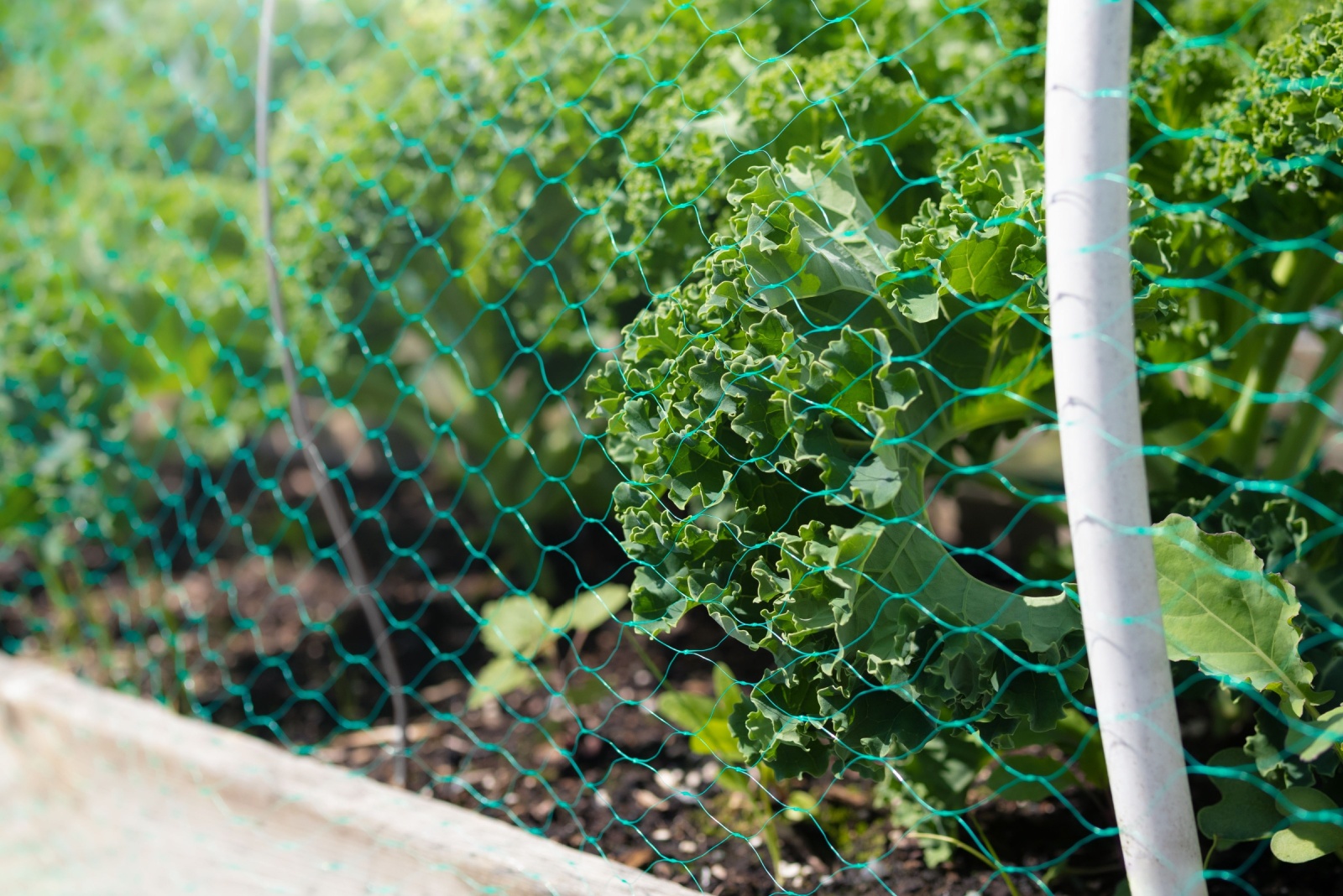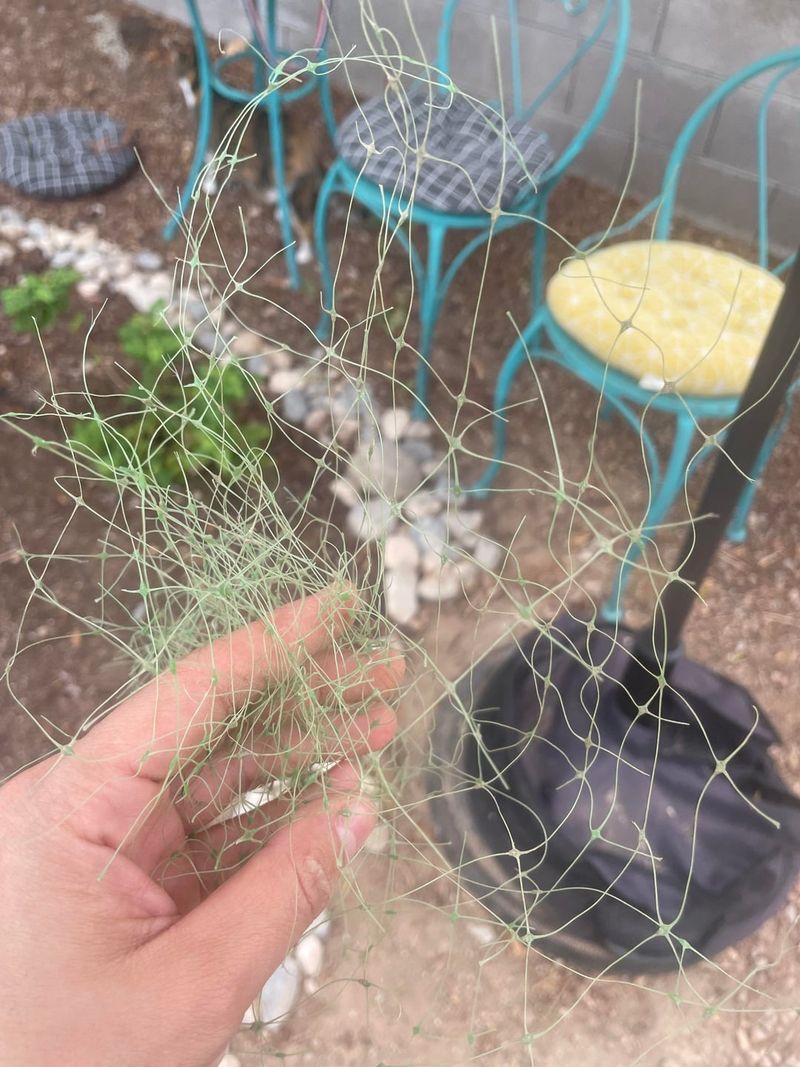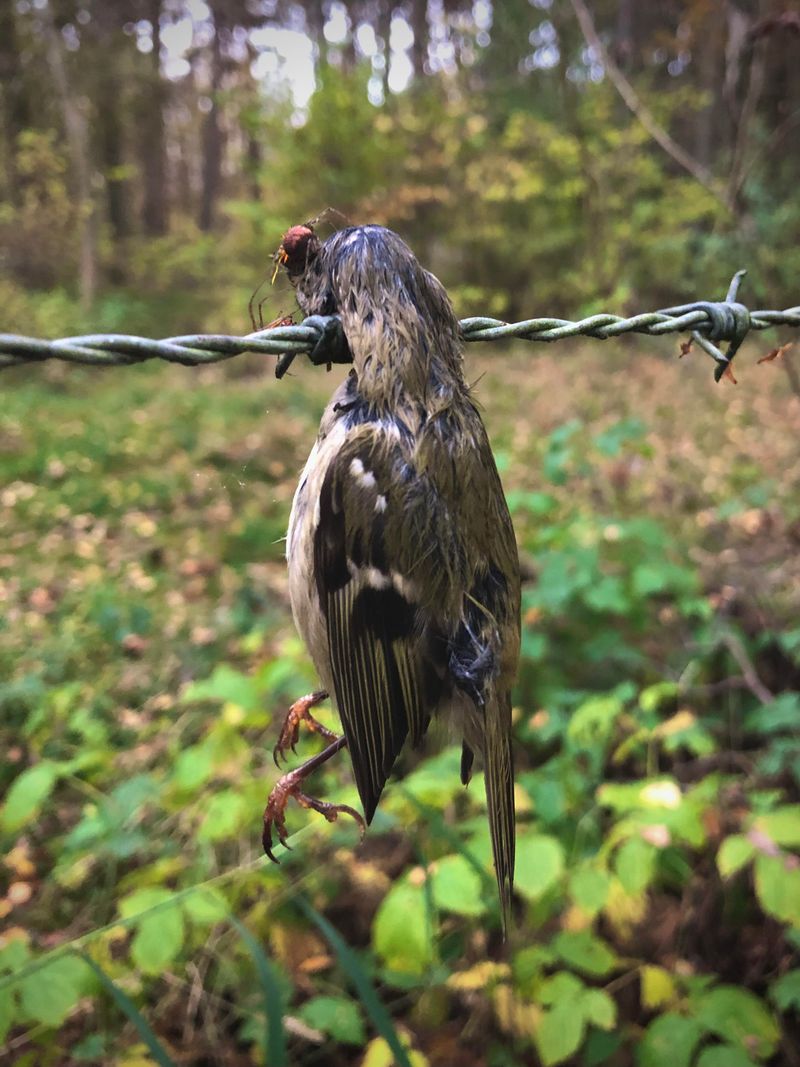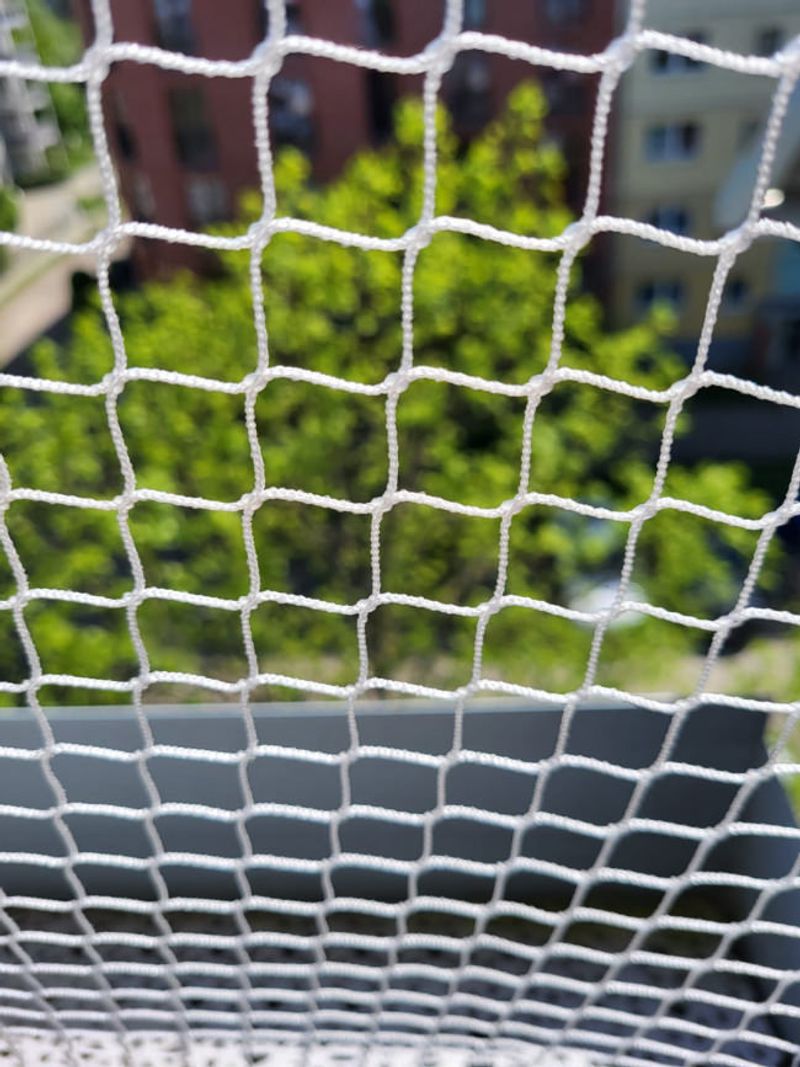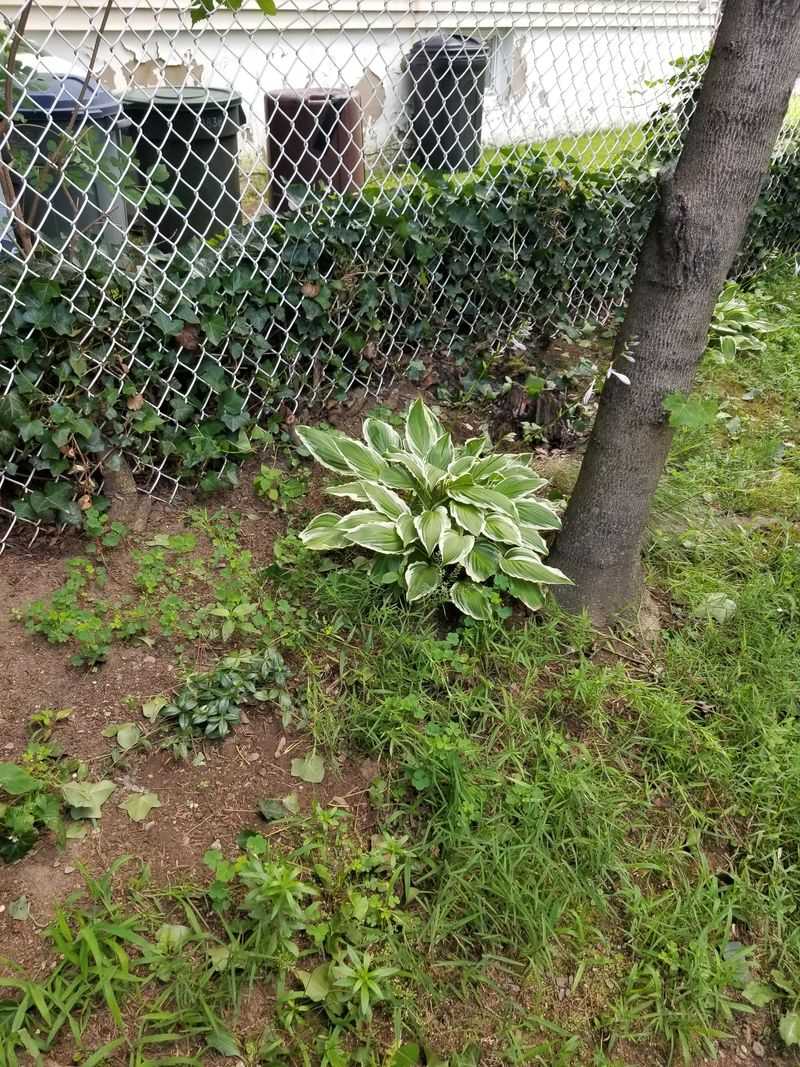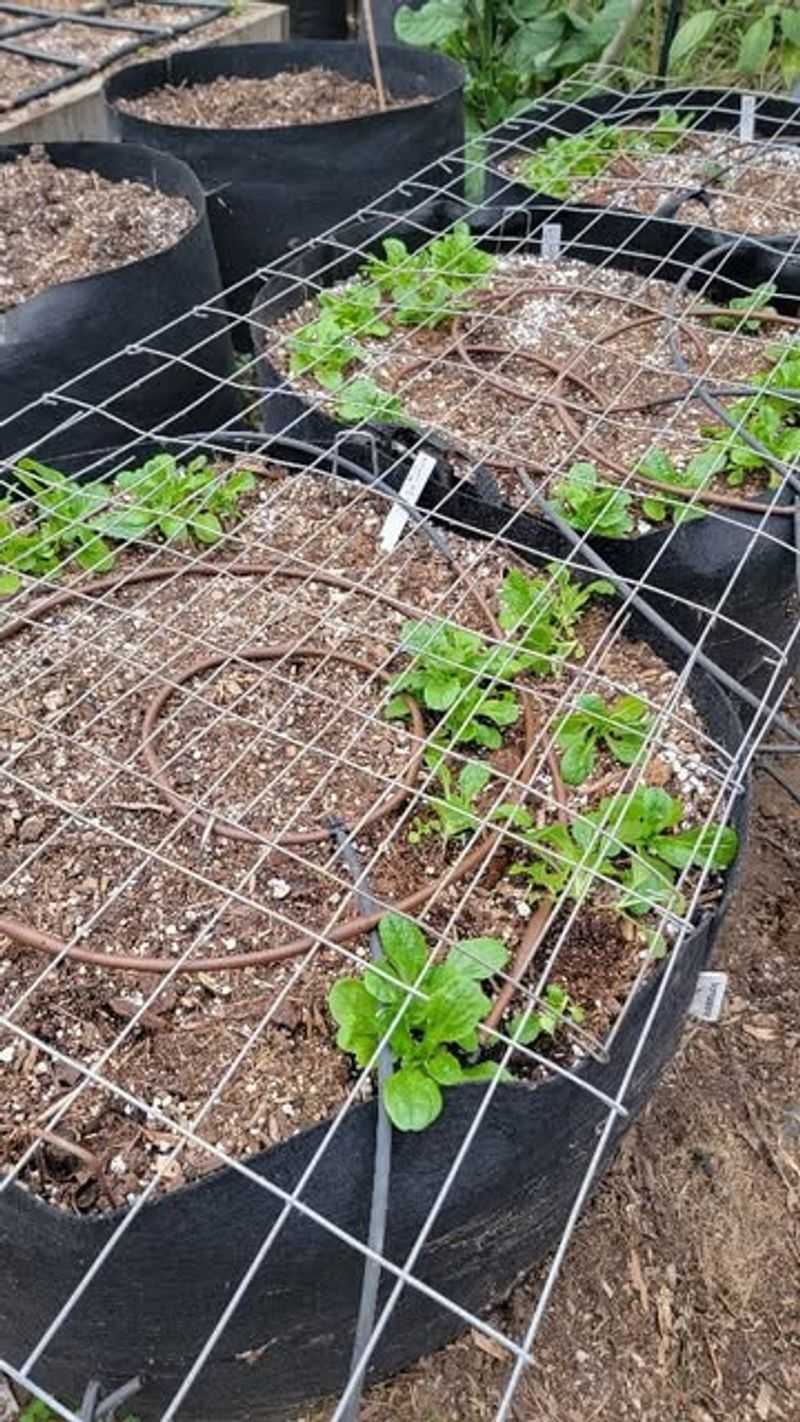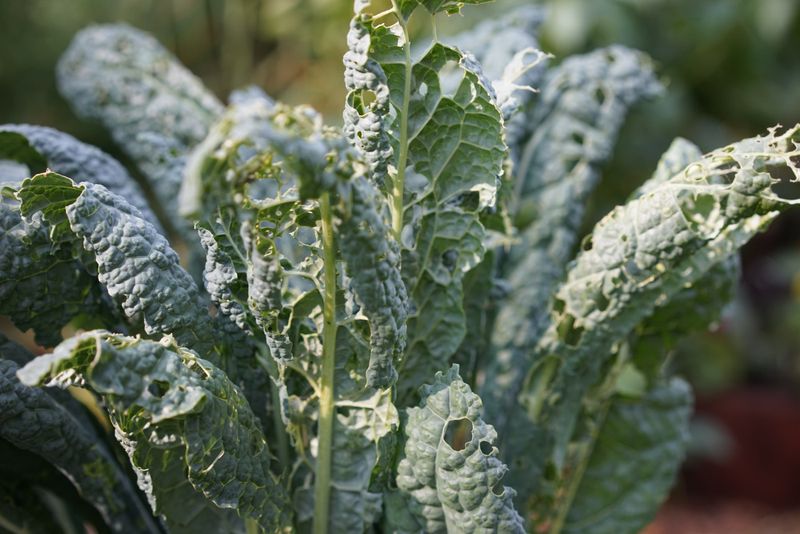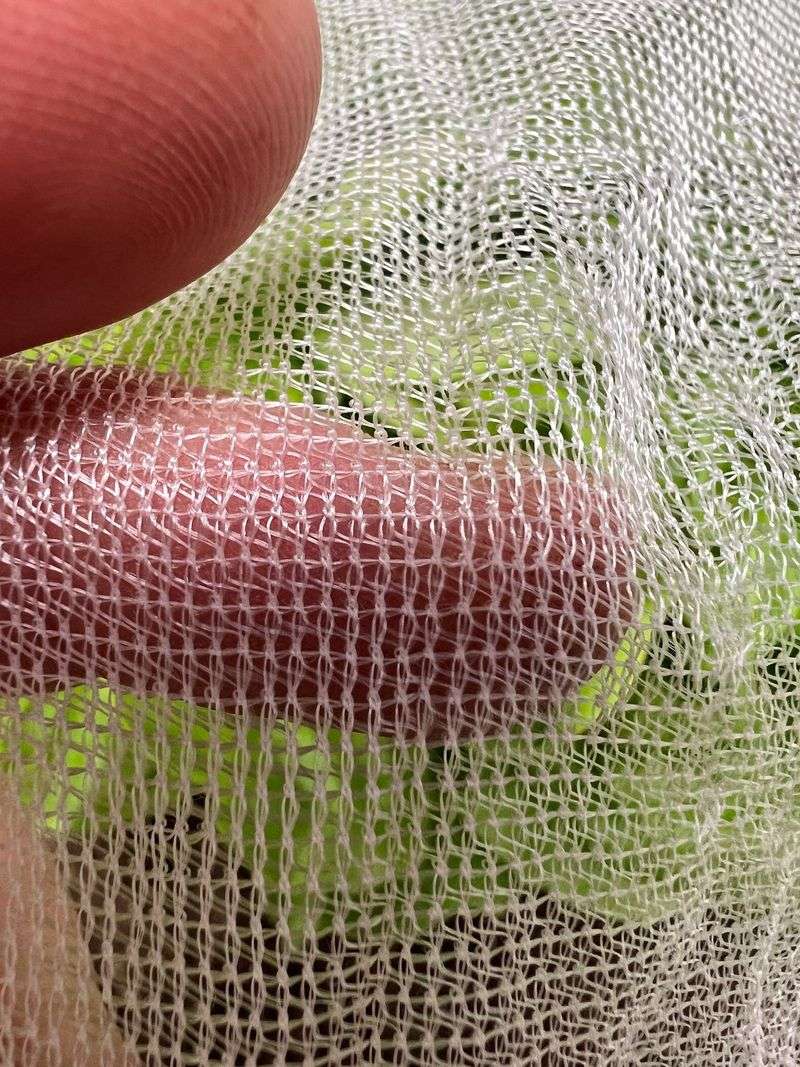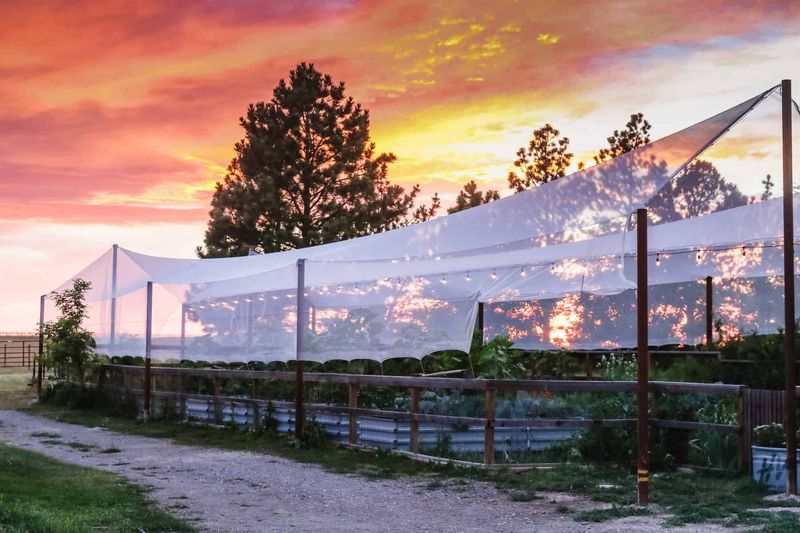Garden netting can make or break your California gardening experience. While proper netting protects your precious plants from pests and harsh elements, choosing the wrong type can lead to frustration, damage, and wasted effort.
As someone who’s made plenty of mistakes in my Southern California garden, I’ve learned which netting options simply aren’t worth the trouble.
1. Plastic Mesh That Tears Easily
Bargain bin plastic mesh might seem like a steal until the first Santa Ana wind hits. My tomato supports collapsed completely after just one gusty afternoon last summer.
Quality matters tremendously in our California climate where UV exposure breaks down cheap materials rapidly. The constant cycle of replacing torn netting costs more in the long run than investing in sturdier options initially.
Look for UV-stabilized materials instead that can withstand our intense sunshine and occasional strong winds without disintegrating after a single growing season.
2. Wire Netting That Harms Birds
Uncoated wire netting creates hazards for California’s diverse bird population. Hummingbirds, finches, and other native species can suffer wing injuries or worse when they encounter sharp wire edges.
In my garden near San Diego, I once found a trapped warbler that had become entangled in exposed wire mesh. That heartbreaking experience taught me to prioritize wildlife safety in my garden choices.
Plastic-coated wire or fabric alternatives provide protection without endangering the birds that help control garden pests naturally.
3. Knotless Garden Netting That Collapses
Knotless netting seemed like a smart choice until my bean trellis sagged dramatically mid-season. Without reinforced connection points, the weight of producing plants gradually stretches the material beyond usefulness.
California’s long growing season means your netting needs to support plants for months, not weeks. When netting stretches, it creates gaps where pests can enter and damage your carefully tended crops.
For climbing vegetables like cucumbers or pole beans, always choose knotted netting that maintains its shape and tension throughout our extended growing season.
4. Heavy-Duty Netting That Stunts Plant Growth
Overly dense netting creates microclimate problems specific to California gardens. I learned this the hard way when my pepper plants developed sun scald after I removed too-heavy netting that had been shading them excessively.
Plants need gradual exposure to our intense sunlight. Heavy netting that blocks more than 30% of light forces plants to grow accustomed to shade, making them vulnerable when the netting is eventually removed.
Choose appropriate density based on your specific plants and microclimate within California’s diverse growing regions.
5. UV-Sensitive Netting That Fades Quickly
Non-stabilized netting disintegrates rapidly under California’s intense sunshine. My strawberry protection literally crumbled in my hands by August after installation in March, leaving the berries exposed to birds and squirrels.
The degradation isn’t just unsightly – it creates microplastic pollution in your garden soil as tiny fragments break off. These particles can affect soil health and potentially enter the food chain.
Always check packaging for “UV-resistant” or “UV-stabilized” labeling, especially important for Southern California gardens where solar intensity exceeds most other regions.
6. Netting With Large Holes That Let Pests Through
Wide-mesh netting provided zero protection against California’s smaller garden invaders. Aphids, whiteflies, and thrips sailed right through the oversized openings to feast on my prized vegetables.
California’s mild climate means pest pressure continues year-round in many areas. What works in regions with killing frosts often fails here where insects remain active through winter.
Measure your netting holes carefully – anything larger than 1.5mm will allow most problem insects to pass through freely. For seedlings and vulnerable crops, consider insect screening rather than traditional netting.
7. Netting That Snags Fruit Or Flowers
Rough-textured netting damaged my delicate citrus blossoms when spring breezes pushed them against the abrasive material. By harvest time, I discovered scarred fruit where flowers had been caught.
Many California gardeners grow specialty fruits that command premium prices when unblemished. Even minor cosmetic damage from improper netting can significantly reduce value for those selling at farmers markets.
Smooth monofilament netting or soft fabric barriers provide better protection for flowering fruit trees and ornamentals without causing physical damage to delicate plant tissues.
8. Decorative Netting Unsuitable For Vegetable Gardens
Fancy decorative netting installed over my raised beds in Oakland looked charming but failed spectacularly at its primary job. The loosely woven material allowed cabbage moths to lay eggs freely on my brassicas.
Form should never override function in productive California gardens. Our state’s agricultural heritage is built on practical solutions that actually work, not just look good in photos.
Reserve decorative netting for purely ornamental areas and use proper agricultural-grade materials for food crops. The slight aesthetic compromise pays dividends in harvest quality and quantity.

